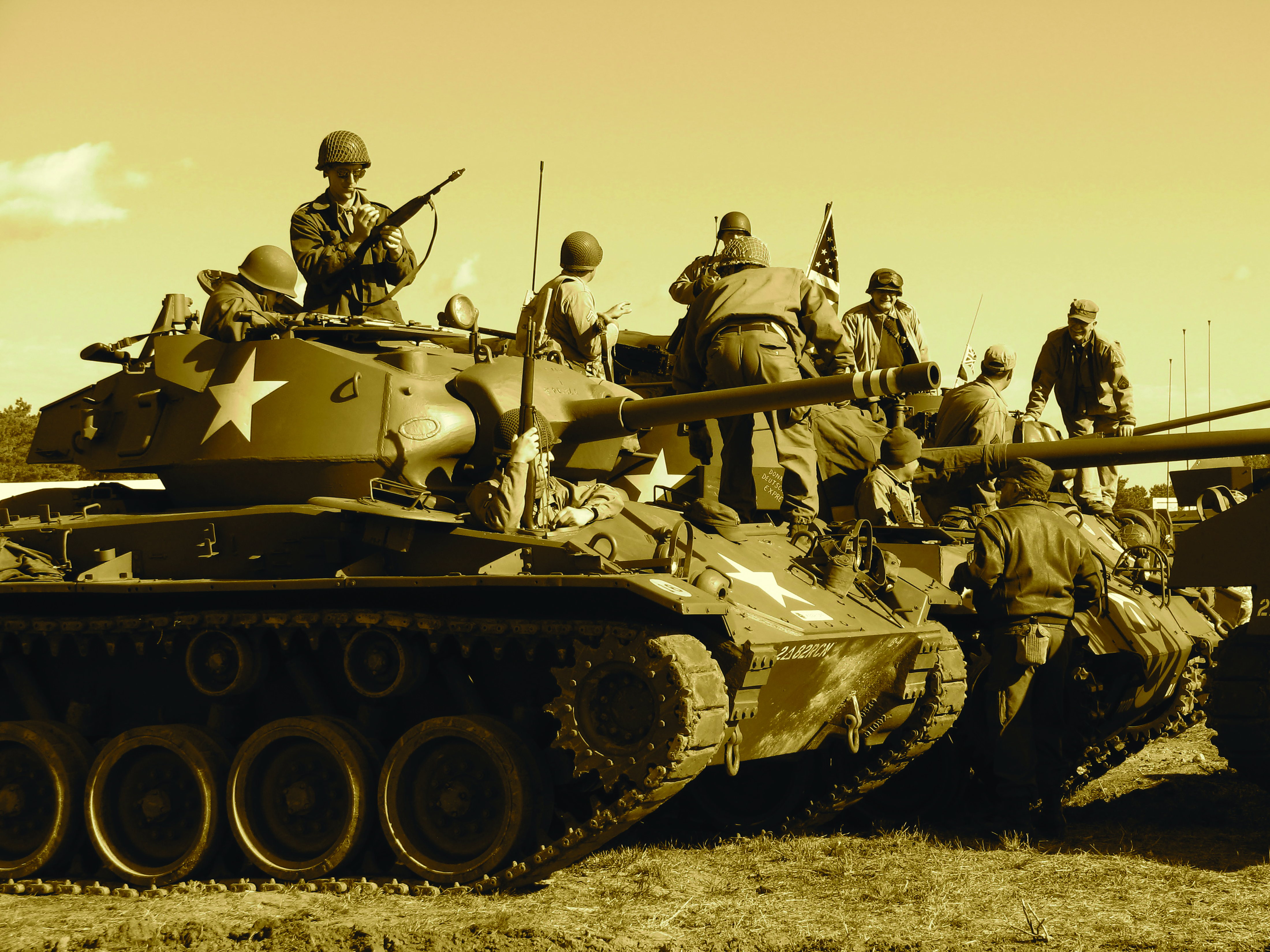
Battle of the Bulge
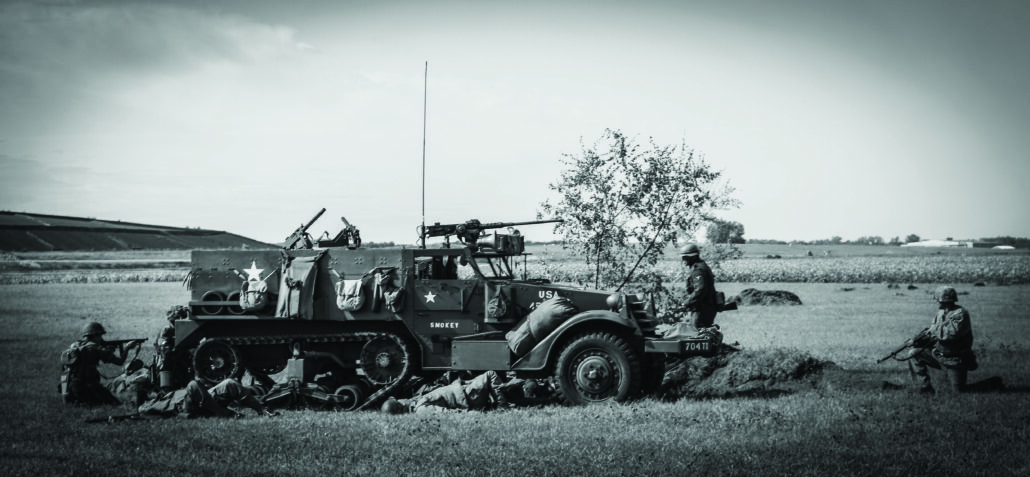 By Vegim Krelani
By Vegim Krelani
The Battle of the Bulge – the Beginning of the End of World War Two
Krelani
The Battle of the Bulge, also known as the Ardennes Offensive, was a major military campaign that took place in the Ardennes region of Belgium, France and Luxembourg during World War II. The battle, which lasted from December 16, 1944, to January 25, 1945, was a surprise attack by the German army on the Western Front. It was the last major German offensive on the Western Front. It intended to split the Allied forces and capture the Belgian port of Antwerp.
The battle began when the German army launched a massive surprise attack on the Allied forces in the Ardennes region. The German army was composed of a mix of regular and reserve units, including many veteran soldiers who had previously fought on the Eastern Front. The initial attack caught the Allied forces off guard, and the German army quickly broke through the American lines and advanced deep into Allied territory.
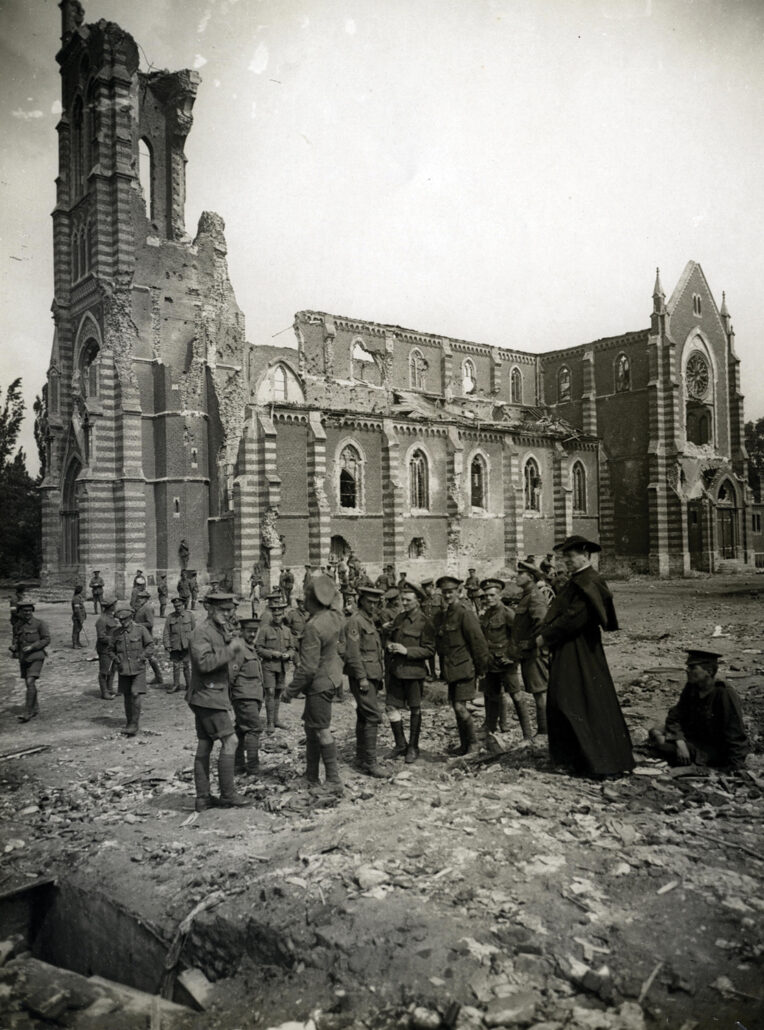 The phases of the battles: A harsh and cruel forty-one days
The phases of the battles: A harsh and cruel forty-one days
The first phase of the battle, which lasted from December 16 to December 19, saw the German army advance rapidly through the Ardennes, capturing the town of Bastogne and surrounding the American 101st Airborne Division. Despite being heavily outnumbered and outgunned, the 101st Airborne managed to hold out against the German assault, thanks in part to their strong defensive position and the arrival of reinforcements.
The second phase of the battle, which lasted from December 20 to December 26, saw the Allies launch a counteroffensive to try and push the German army back. This phase was characterized by fierce fighting as the Allies struggled to regain their lost ground. One of the key players in this battle phase was General George S. Patton, who led the American Third Army in a series of bold and successful attacks that helped push the German army back.
The third phase of the battle, which lasted from December 27 to January 3, saw the German army make one final push to try and break through the Allied lines. This phase was marked by heavy fighting and heavy casualties on both sides as the Germans made repeated attempts to break through the Allied lines. However, despite their efforts, the German army could not break through the Allied defenses, and the battle began to turn in favor of the Allies.
The final phase of the battle, which lasted from January 4 to January 25, saw the Allies launch a series of coordinated attacks to drive the German army out of the Ardennes and back across the border. This phase was marked by fierce fighting and heavy casualties. Still, the Allied forces were able to push the Germans back and ultimately achieve victory.
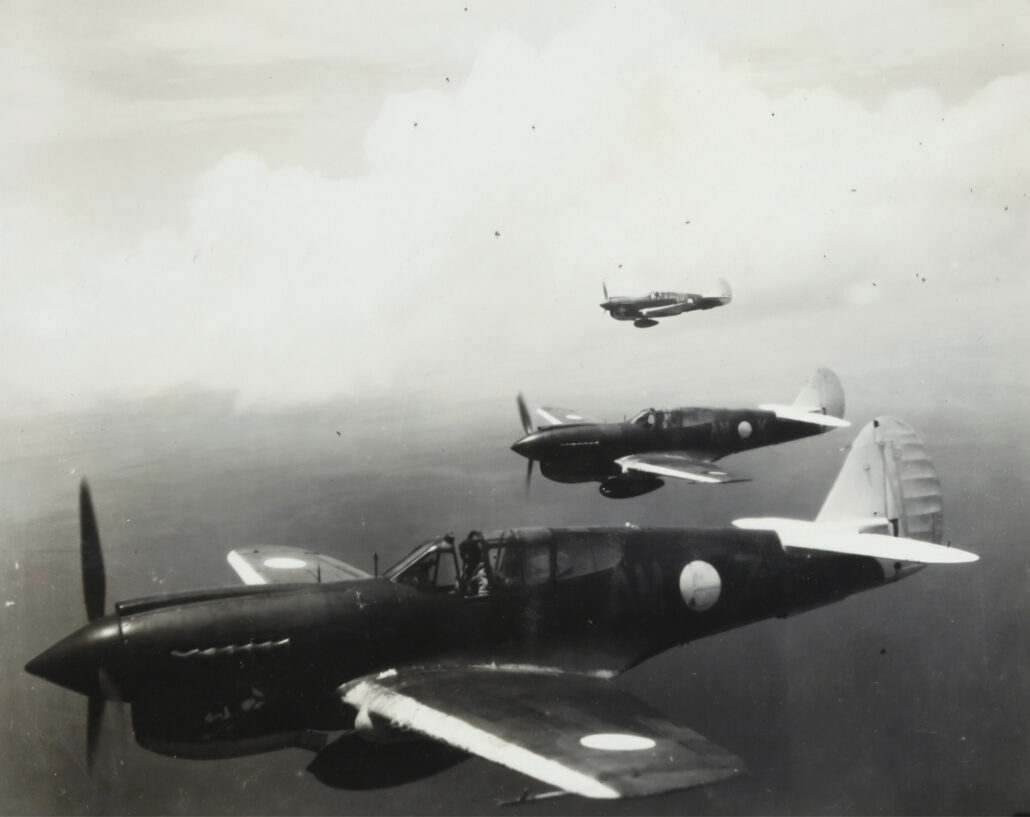 Heroic leaders in heroic times
Heroic leaders in heroic times
One of the key players in the battle was General Dwight D. Eisenhower, the Supreme Commander of the Allied forces in Europe. Eisenhower was responsible for overseeing the Allied response to the German attack and was instrumental in coordinating the counteroffensive that ultimately drove the German army out of the Ardennes.
Another key player in the battle was General George S. Patton, who led the American Third Army in a series of successful attacks that helped to push the German army back. Patton was known for his aggressive and unorthodox tactics, and his leadership was crucial in helping the Allies to regain the ground they had lost during the initial German assault.
Also, Brigadier General Anthony McAuliffe was the commanding officer of the 101st Airborne Division during the Battle of the Bulge. However, he is best known for his role in the “Nuts” incident, in which he famously refused to surrender to the German army despite being heavily outnumbered and outgunned.
During the Battle of the Bulge, the 101st Airborne Division was surrounded by the German army in Bastogne. When the Germans sent a surrender ultimatum, McAuliffe famously replied with a single word: “Nuts!” His response became a rallying cry for the 101st Airborne and the other Allied units involved in the battle. Moreover, it helped boost morale and inspire the Allied soldiers to continue fighting.
On the other side, the German army was led by General Heinz Guderian, one of the most talented and experienced commanders in the German military. Guderian was responsible for planning and executing the Ardennes Offensive. He was instrumental in the initial success of the German attack. However, Guderian was eventually forced to withdraw his forces after the failure of the German offensive.
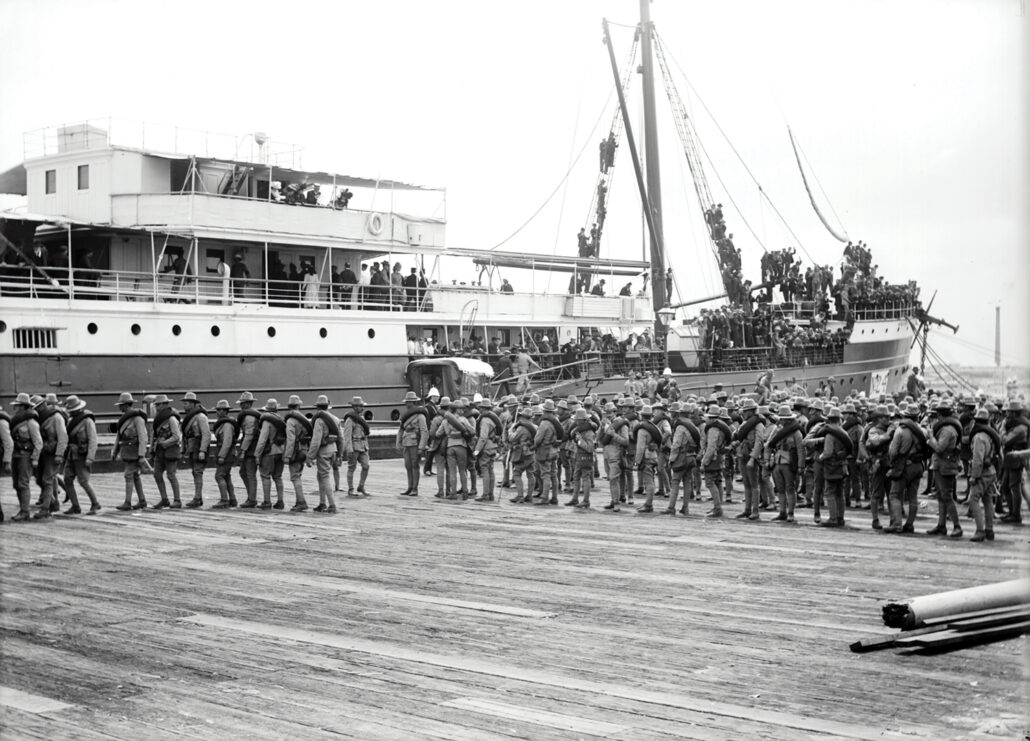 A battle that marked the beginning of the end of WWII
A battle that marked the beginning of the end of WWII
The Battle of the Bulge was one of World War II’s most prominent and bloodiest battles, with more than a million men from both sides involved in the fighting. It was also one of the war’s most significant battles, as it was the last major German offensive on the Western Front. It marked the beginning of the end for the German army. Despite the heavy losses suffered by both sides, the Allied victory in the Battle of the Bulge helped to pave the way for the eventual Allied victory in World War II.
Inspiration for a book and for a tv series
The Band of Brothers was a unit of the 101st Airborne Division that fought during World War II. Their story was first told in the book “Band of Brothers: E Company, 506th Regiment, 101st Airborne from Normandy to Hitler’s Eagle’s Nest” by historian Stephen E. Ambrose. The book, published in 1992, tells the unit’s story from their training in 1942 to the war’s end in 1945.
The story of the Band of Brothers was later adapted into a television miniseries of the same name, which aired on HBO in 2001. The series, which was executive produced by Steven Spielberg and Tom Hanks, was based on Ambrose’s book and followed the unit’s experiences during the war. The series was widely praised for its historical accuracy and its portrayal of the men of the Band of Brothers.
Vegim Krelani is an active army officer who has commanded at the company and military academic level. In his spare time, he enjoys writing and sports.



